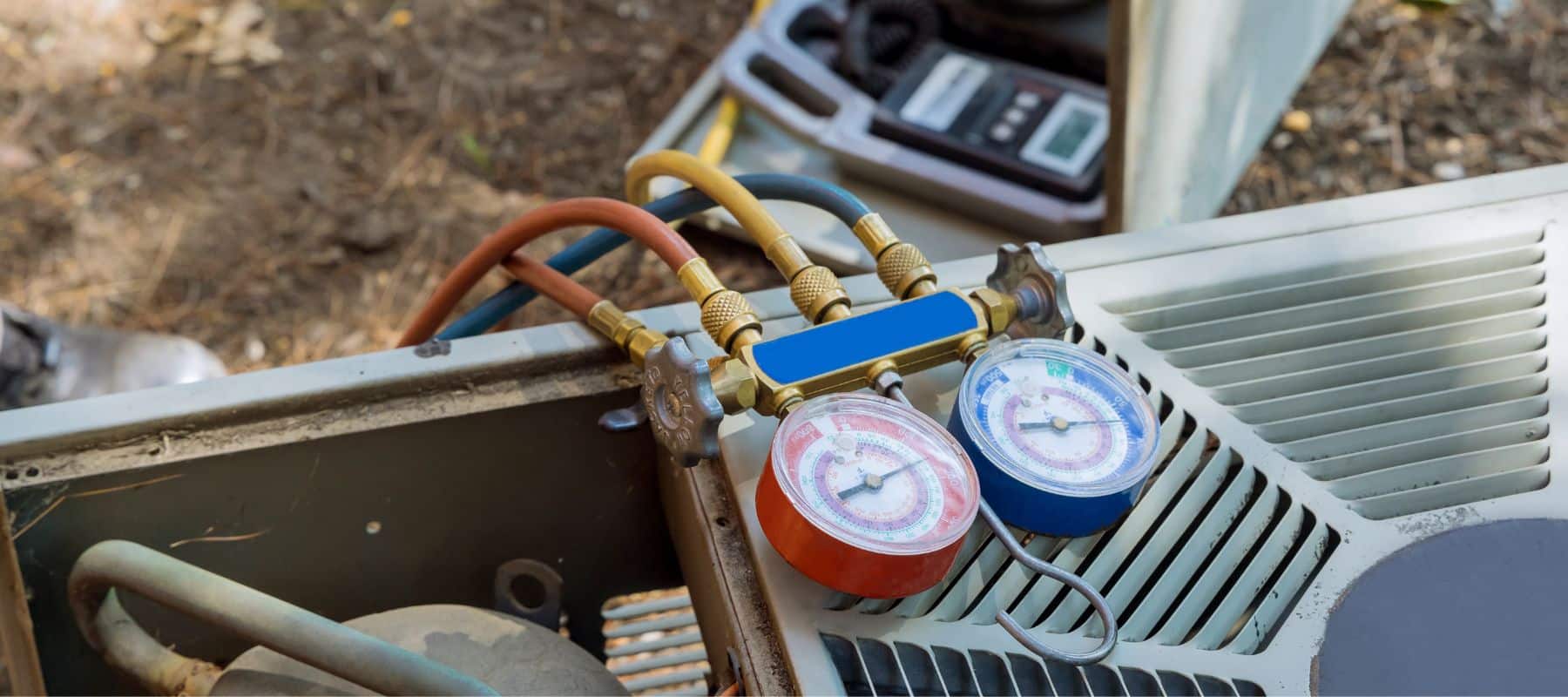Air Conditioning Services
Robbins Heating & Air Conditioning is a premier provider of comprehensive HVAC services, specializing in air conditioning solutions that cater to both residential and commercial needs. With a strong focus on customer satisfaction, Robbins offers expert air conditioner repair, installation and maintenance services designed to ensure optimal performance and efficiency.
Our team of certified technicians brings extensive experience and the latest technology to every project, guaranteeing reliable and effective climate control solutions. Beyond traditional AC services, Robbins Heating & Air Conditioning also emphasizes the importance of indoor air quality (IAQ) and integrates advanced options like smart thermostats to enhance comfort and convenience.
Whether you’re looking to install a new air conditioning system, require urgent repairs or aim to maintain your unit for longevity, we can help. Robbins Heating & Air Conditioning provides professional, timely and effective services to keep your environment cool and comfortable.
AC Repair
Quick relief from the summer heat with AC solutions!
AC Replacement
Count on cool air all summer long with a new AC unit!
AC Tune-Up
Our team gives your system a thorough inspection!
Commercial AC
Frosty solutions for every Farmington business’ needs!
Duct Services
Clear the way for smooth air delivery in your home!
Heat Pumps
Versatile heating and cooling – the ultimate home comfort!
Indoor Air Quality
Your home, your life – make it as healthy as possible!
Mini Splits
Lose the ducts for hassle-free air conditioning!
Smart Thermostats
Embrace convenience with smart thermostat tech!
Swamp Coolers
Invest in comfort throughout your home this year!




